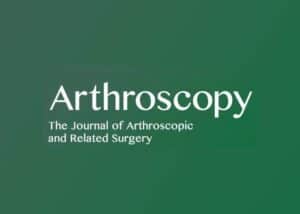
Authors:
Abstract:
Arthroscopic techniques are an emerging technology to deal with glenoid bone defects in patients with anterior shoulder instability, and improvements are being made to safely minimize the risk of injury to the anterior neurovascular structures including the axillary nerve. Arthroscopic glenoid reconstruction is a technically demanding procedure, but it does have promising short-term outcomes. I truly like the concept of anterior (and also posterior) bone grafting for defects of the glenoid, including the arthroscopic Latarjet. A free bone graft (iliac crest, distal tibia) is part of a logical surgical learning curve progression to treat bone defects from an arthroscopic standpoint. Before performing an arthroscopic Latarjet, I might suggest looking at performing free bone block fixation arthroscopically. But, for now, I still enjoy the success of an open bone grafting procedure and will continue to use open as my primary bone grafting (Latarjet, distal tibia, iliac crest), so as to optimize the position of the graft for successful long-term outcomes. We look forward to seeing more of the authors’ work and a longer term follow-up of these patients to clearly delineate the development of osteoarthrosis, recurrent instability, and long-term stability of the bone graft and shoulder joint function.
For the complete study: Editorial Commentary Is Arthroscopic Bone Grafting Nearly Equivalent to Open Bone Grafting for Glenoid Bone Defects in Recurrent Anterior Shoulder Instability